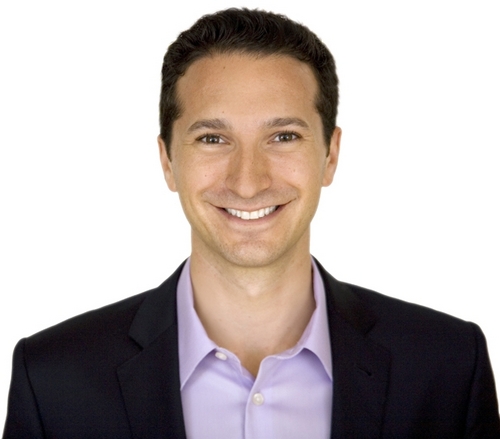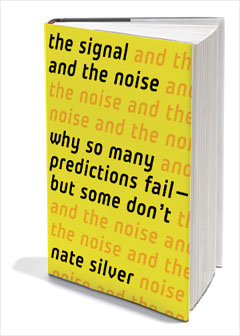
Players should flat-caller of the blinds more often with a premium hands. As soon as they see QQ + or AK, they re - raisent automatically without really much thought. See a few good reasons why we should flat-caller these hands and identify how often do.
Flat-caller of the blinds with a premium balance our range for the check - raise on the flop. On a flop bringing K♠ 3♦ 7♣, a check - raise helps us win a big pot with a hand like AK or AA for several reasons. If the villain holds something like KT - KQ, he could have folder on our re pre-flop - raise pre-flop to avoid being dominated. However, once on the flop, it will be difficult for Villain lie with top pair and a good kicker. And if Villain has a hand like A3 or A7, it will be difficult to believe us, since it will be ruled out AK and AA from our range. Without these two hands in our range, our range of probable hands is very thin.
Several players believe difficult to play 22-66 on the blinds against a player that opens in late position and worry about the approach to adopt if they do not hit their set. They should check-folder. This is the easiest solution. But what to do if one does not want to sleep its pocket on a small flop? What happens usually later in a hand against an aggressive player: a broadway turn and a river that will put enough pressure to make us folder. The solution is to check-caller with our sets on the flop, and on the other streets to thus let him hang himself. Another solution is to start to flat-caller with hands like QQ + and + AQ and re - raiser with small pairs.
One of the good things about flat-caller AQ + on the blinds is that can get a lot of value on an A high flop. How many times have we opened with A♠T♠ in late positions and smiled to see a flop A 3 9 Rainbow? The following examples demonstrate how the player in position is obliged to respond.
Hero prepares for a continuation bet. And the BB donk lead. Hero can't really raiser because the BB here represents either the nuts or nothing at all. At the same time, Hero wish that BB is a bad player and he has something like A2. No Hero is confused and when poker players are confused, they call. The turn is a Q, which is relatively a neutral map. BB donkbet again. It is a kind of situation where you don't want to turn your hand to bluff. You are in position and the amount of your raise is almost equivalent to the amount of the bet on the river you'll have to caller if he decided to bluff the river. Therefore Hero call and the river is a 2 offsuit. BB donk-bet for half the pot. Hero is really confused, but have a top pair and a good kicker. Hero is a good price to satisfy his curiosity. BB could also build a smaller ACE. Hero call and come show AK or AQ.
Floater floatables flops
Here are a few boards where you should floater or bluff - raiser when you are in position: 5 s 6 s 9 c, 9 d 2 c Jd, 8s 9s Tc. These types of flops are hitting your range pre-flop call because you have two pair or a set. If your raise on the flop is calle, there will be a lot of cards on the turn that you can bet. These cards are those that complement the prints or cards broadway (J-K-Q-T-A). Map which paireront the board will be the worst cards to continue bluffing because they will reduce the number of hands in your range. Moreover, Villain may believe that your two pairs were counterfeit (the famous three pairs).
Conversely, there are types of flop where you have to consider the option of check-folder if you are out of position or checker behind your opponents to take a free card when you're in position. The continuation bets are expensive and I recommend you give a jar to your opponent on the occasion. It will give you more credit the next time that you make a continuation bet and it will be less brought to you floater or bluff - raiser.
Remember that it is OK to not win all the pots.
Subsequently in January! Happy new year PokerCollectiviens-Nour!
Discuss this article on the forums of PokerCollectif: Flat-caller of the blinds with QQ + AQ +




